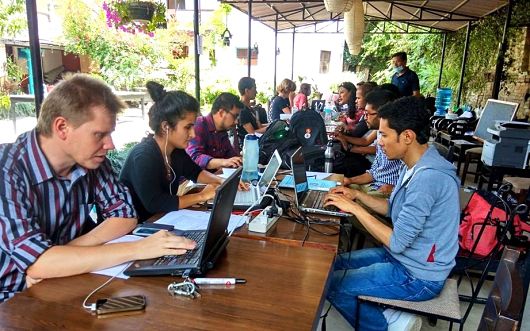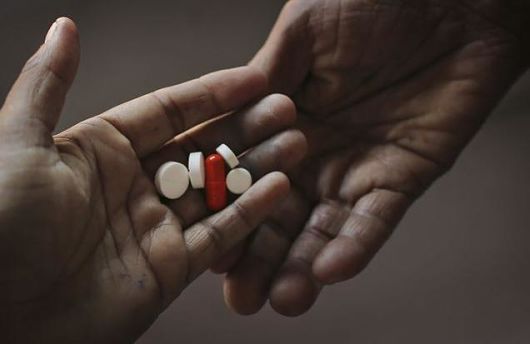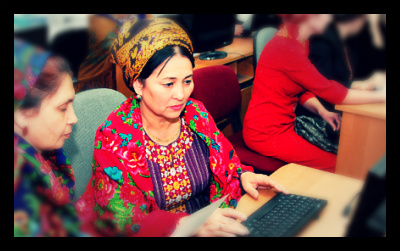 Mexico’s economy is on the rise after a 3.2% growth in 2023 and boasts the second-largest economy in Latin America. The shock of COVID-19 failed to stunt the country’s ongoing efforts to reduce poverty since rates continued to fall from 43.9% in 2020 to 36.3% in 2022. Although Mexico is exceeding in development, clear income divides remain between rural and urban areas, which is evident in its health care system. The Leaders in Innovation Fellowships (LIF), a U.K. program, worked with Mexican innovators to help provide solutions to health care disparities.
Mexico’s economy is on the rise after a 3.2% growth in 2023 and boasts the second-largest economy in Latin America. The shock of COVID-19 failed to stunt the country’s ongoing efforts to reduce poverty since rates continued to fall from 43.9% in 2020 to 36.3% in 2022. Although Mexico is exceeding in development, clear income divides remain between rural and urban areas, which is evident in its health care system. The Leaders in Innovation Fellowships (LIF), a U.K. program, worked with Mexican innovators to help provide solutions to health care disparities.
What Is the LIF program?
The Royal Academy of Engineering (RAEng) began the LIF program more than 10 years ago to promote global entrepreneurship through the use of technological innovation. Alongside Mexico, the program has partners in 16 countries, including Brazil, Vietnam, and Romania. The LIF was launched thanks to funding from the Newton Fund, which is part of the U.K.’s official development assistance and fosters international science and innovation partnerships.
Health Care in Mexico
The Mexican health care system operates on a combination of public, private, and employer-funded schemes. Prior to the introduction of Seguro Popular in 2004, a government program that ensured universal access to health care, three-quarters of the population could not access health care through the Ministry of Health. However, high poverty rates in rural areas of Mexico often leave these populations without adequate access to health care. Services are typically concentrated in the country’s largest cities.
In fact, 88% of dentists in Mexico are located in urban centers. Despite multiple reforms, health care infrastructure in rural municipalities remains insufficient, forcing locals to rely on out-of-pocket expenses. These areas also represent two-thirds of Mexico’s extremely poor. The removal of Seguro Popular in 2020 further increased out-of-pocket health care costs, which indicates the need for further health care security and reform to aid the most inadequate.
The LIF Program in Mexico
In February 2024, LIF joined efforts with technological innovators in Mexico to help the Xicotepec, one of the municipalities that make up the Puebla state. The program funded the use of these medical inventions and services in the communities of Xicotepec. The team operating there organized a Community Health Services (CHS) Week, where 265 people received medical care.
The program covered a variety of training and medical care. Indeed, 90 mothers attended breast cancer screenings, 40 doctors were trained in wound healing, and more than 200 people were trained in disease prevention. The program was well received by its beneficiaries: “The service was very good and necessary. The truth is that we don’t go to the doctor often because we can’t afford it.”
Final Note
Positive partnerships like the LIF program enable medical innovation and treatment to reach the communities that need it most. They can help resolve the negative effects of recent changes in Mexico’s health care system. The capacity of the RAEng to reach remote communities like Xicotepec shows how far-reaching international collaboration is.
– Sofia Brooke
Sofia is based in Oxfordshire, UK and focuses on Global Health for The Borgen Project.
Photo: Pexels
 The world of health technology has been growing exponentially in the last decade and continues to grow, especially with the novel coronavirus still affecting the world. One of the most prominent locations for health technology is in Spain. The industry has a large quantity of health tech company startups in Spain; high-quality companies are making new drug discoveries for treatments and creating virtual therapies that can help those in impoverished areas receive the medical care they need. Here are
The world of health technology has been growing exponentially in the last decade and continues to grow, especially with the novel coronavirus still affecting the world. One of the most prominent locations for health technology is in Spain. The industry has a large quantity of health tech company startups in Spain; high-quality companies are making new drug discoveries for treatments and creating virtual therapies that can help those in impoverished areas receive the medical care they need. Here are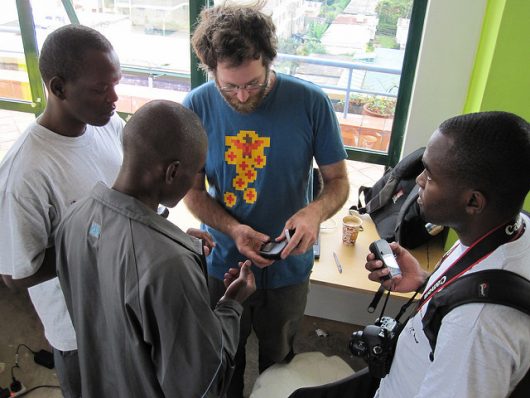
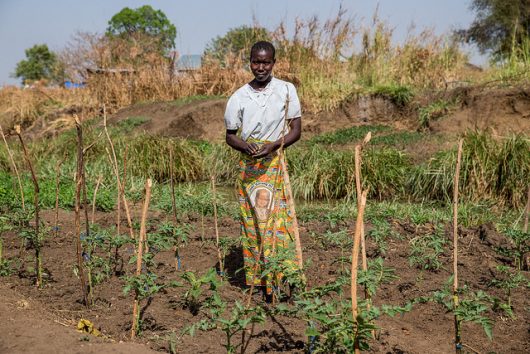 Farmers constitute around 75 percent of the world’s poor. This fact is singularly important considering the perspective that global poverty is solvable by providing easily accessible, effective and economical farming solutions to people around the world.
Farmers constitute around 75 percent of the world’s poor. This fact is singularly important considering the perspective that global poverty is solvable by providing easily accessible, effective and economical farming solutions to people around the world.